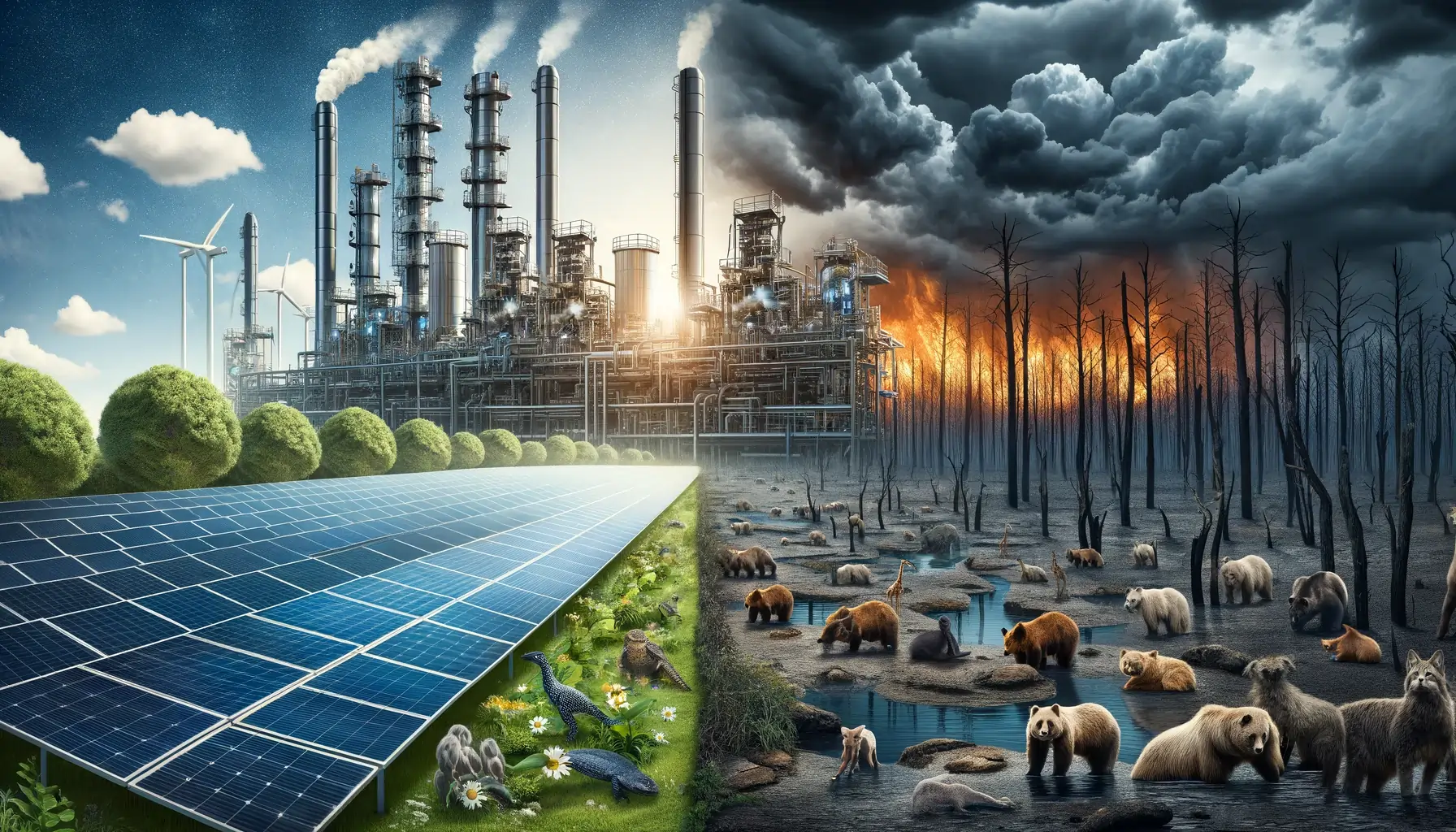Australia's latest federal budget, presented last night, has left environmentalists and conservationists disheartened. While the budget introduces substantial subsidies for green industries, it falls short of addressing the immediate environmental crises that Australia faces. This budget represents another missed opportunity to make significant strides toward environmental protection and conservation.
Context and Promises
After Labor's election victory in 2022, the government made several promising commitments to combat climate change and protect biodiversity. They legislated a target of a 43% reduction in emissions by 2030, based on 2005 levels, aiming for net-zero emissions by 2050. They also reformed the Coalition's emissions monitoring program and signed an international biodiversity pact to protect 30% of Australia's land and halt biodiversity loss by 2030.
A critical component of these promises was the plan to rewrite the Environmental Protection and Biodiversity Conservation Act (EPBC Act), which governs the protection of significant natural areas and species. This initiative was driven by the devastating bushfires of 2019-20 and a review revealing the Act's inadequacies in preventing environmental decline.
However, the new budget disappointingly delays these stronger environmental laws indefinitely. Instead, it introduces Environment Protection Australia, a national environmental protection agency. While this agency aims to enhance compliance and monitoring, it will operate under the current ineffective laws until reforms are enacted. Additionally, Labor's support for new fossil gas projects has shocked environmental advocates.
Green Industry Subsidies: A Double-Edged Sword
The budget's primary focus is the Future Made in Australia policy, a $23 billion initiative over ten years to subsidize green industries, such as solar panel manufacturing and green hydrogen production. The goal is to make Australia a vital part of global net-zero supply chains, reflecting a broader trend among Western governments towards industrial subsidies.
- $3.2 billion for the Australian Renewable Energy Agency, including $1.7 billion for innovation in green metals, low carbon fuels, and batteries.
- $1.7 billion for the Hydrogen Headstart program, supporting renewable hydrogen production.
- $7 billion in tax incentives for critical mineral production, offering a 10% rebate on refining and processing costs for eligible minerals.
- $1.5 billion for solar PV and battery manufacturing grants.
Economists often criticize government efforts to direct industry, citing the difficulty in selecting successful sectors and the risk of funding flowing to lobbyists rather than merit-based projects. Nonetheless, historical examples from East Asia suggest that well-implemented industrial policies can spur long-term economic change.
Environmental Trade-offs and Unmet Needs
Despite the potential economic benefits of these subsidies, their environmental outcomes remain uncertain. Australia's manufacturing sector has been in decline since the 1980s, and it is unclear if the current subsidies can revitalize it in a globally competitive market. Moreover, the rush to secure critical minerals for the green transition could further harm the environment. The budget allocates $566 million to provide mining companies with free data and maps, potentially threatening habitats of endangered species.
Crucially, the budget neglects the urgent need for biodiversity conservation. There is no significant funding to address Australia's biodiversity and extinction crisis, nor to support the government's pledge to protect 30% of land and seas by 2030. Effective conservation requires substantial investment in expanding and managing protected areas, controlling invasive species, and restoring degraded land.
- $5 billion is needed to purchase and manage private land for conservation.
- $1.7 billion annually could ensure active management and recovery of all threatened species.
- $2 billion annually over 30 years would restore 13 million hectares of degraded land, equivalent to twice the size of Tasmania.
Conclusion
The budget's focus on green industry subsidies is a step towards economic transformation, but it falls short in addressing Australia's immediate environmental needs. Stronger environmental laws, significant funding for conservation, and a balanced approach to industrial development are essential to protect Australia's unique biodiversity and natural heritage. While economic incentives are vital, they must be complemented by robust environmental protections to ensure a sustainable and thriving future for both nature and people in Australia.
The Conversation - Green industry yes, conservation no: a budget for people, not for nature

